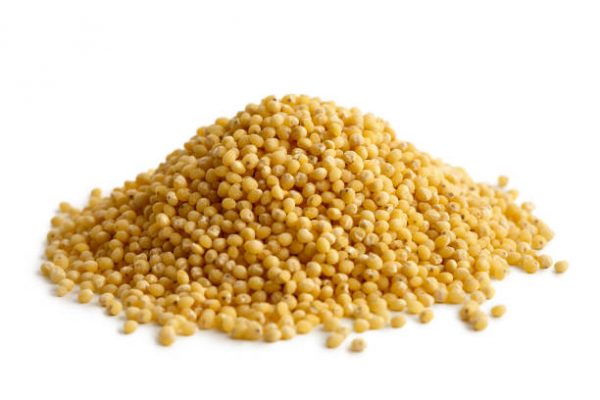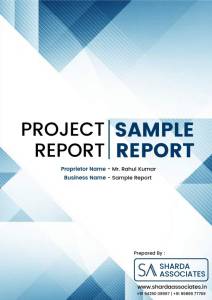Project Report For Millet Processing Unit
Introduction
The Project Report For Millet Processing Unit is as Follows.
Millets are extensively grown tiny grass seeds. They are classified as Cereal Crops for Human Consumption. In general, a large portion of the millets produced is consumed, while the remainder is utilised to make beer and instant ready-to-eat foods. Millet is used to make breakfast cereals such as cornflakes. The majority of millets grown are Pearl Millet. In India and Africa, it is commonly available. It is high in fibre, vitamins, minerals, proteins, and other nutrients. Millet comes in a variety of varieties, including Pearl Millet, Foxtail Millet, Sorghum, Finger Millet, and others.
A millet processing unit is a facility or organization that specializes in the processing of millets, which are a group of small-seeded grains grown for thousands of years. Millets are well-known for their great nutritional value, durability, and adaptability to a variety of climates. They are a staple diet for millions of people worldwide, particularly in Africa and Asia, and are gaining appeal in other regions as a result of their health advantages and gluten-free nature.
The primary goal of a millet processing plant is to convert raw millet grains into various value-added products that are more accessible, convenient, and marketable. The processing plant normally takes harvested millet grains from farmers or suppliers and uses a series of activities to clean, sort, dehull, and mill the grains. This procedure necessitates the use of specialised apparatus and equipment designed exclusively for millet processing.

Machine Method Of Millet Processing Unit
Destoner cum Grader cum Aspirator – This is the first step in the millet processing process. This machine is used to grade millets and remove stones, sand, pollutants, and dust particles before dehulling. Cleaning is required prior to dehulling; else, dehulling efficiency would suffer.
Millet Dehusker– This equipment is used to remove the husk from major millets such as finger millet, pearl millet, and sorghum (these grains do not require a millet dehuller). This machine is also used for smaller millets such as Kodo, Proso, Barnyard, and Browntop Millets that require shell softening before being processed in a Millet Dehuller.
Millet Dehuller – It is used to dehull Foxtail Millet, Little Millet, Kodo Millet, Proso Millet, Barnyard Millet, and Browntop Millet. This machine produces unpolished millet rice. Millets other than those listed above cannot be processed in this machine.
Post Hulling Rice Separator – The dehulled grain contains Millet Rice, some Broken Rice, a trace of husk, and a trace of powder. This equipment is used to separate whole rice from various types of mixes. In addition to the Destoner, an Aspirator, and a Grader are utilized for this purpose.This machine is used to grade millets and remove stones, sand, pollutants, and dust particles before dehulling.
Market Potential Of Millet Processing Unit
Millets market size was $9.95 billion in 2020 and is expected to reach $14.14 billion in 2028, rising at a CAGR of 4.49% between 2021 and 2028.
Increased urban population awareness of the health advantages of millet consumption will drive the growth of the global millet market during the forecast period. Changes in lifestyle and eating habits have resulted in a variety of ailments, including diabetes, obesity, myocardial infarction, coronary heart disease, and arrhythmia. Millet contains minerals and proteins like calcium and iron that can help avoid certain disorders. Growing consumer demand for healthy bakery mixes is leading manufacturers to employ natural gluten-free ingredients that deliver the same flavor and consistency as traditional ingredients but without the high amounts of saturated and trans-fats. Adoption of healthy eating habits and a greater tendency to switch to low-calorie options may improve millet’s market share.
Due to crucial elements such as climate change, the millet business is likely to gain large profits during the projection period. Millet, on the other hand, will be a more crucial solution for farmers. Millet is the drought’s final crop and can withstand exceptionally hot temperatures. Furthermore, millet is currently ideal for the major global health food trends, such as ancient grains gluten-free, superfoods, good for weight loss, and low glycemic index, therefore it is necessary to capitalize on it now to boost the market and research. Farmers began to cultivate millet through wheat and rice in response to rising demand in Asian and Pacific countries, particularly China and India.
Project Report Sample On Millet Processing Unit
Need Help?
Create 100% Bankable Project Report

